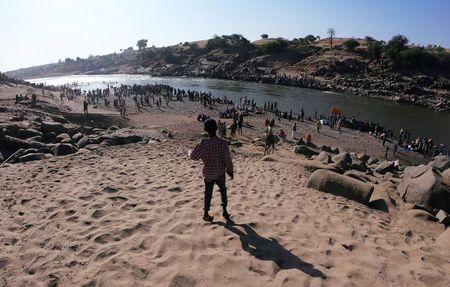
Timeline: Key events in a year of war in northern Ethiopia

NAIROBI (Reuters) – A year of war in northern Ethiopia has killed thousands of civilians, plunged around 400,000 into famine and forced more than 2.5 million people to flee their homes. Here are some of the main events in the conflict.
Nov. 4, 2020 – Ethiopian Prime Minister Abiy Ahmed sends troops into the northern region of Tigray, accusing its governing party, the Tigray People’s Liberation Front (TPLF), of mounting surprise attacks against military bases in the area.
The TPLF, which dominated national politics until Abiy took office in 2018, says it seized military equipment and took thousands of soldiers prisoner because Abiy was preparing to send troops into the region after it held a vote in September in defiance of federal government orders.
In the subsequent days, Eritrean soldiers and forces from the neighbouring region of Amhara mobilise to reinforce Ethiopian troops.
Nov. 9, 2020 – The first of two rounds of ethnic killings begins in the town of Mai Kadra, claiming hundreds of lives. First Amhara civilians say they are attacked by Tigrayan militiamen. Then Tigrayan civilians say they are attacked by Amhara militiamen. Tens of thousands of Tigrayans begin to flee from Western Tigray into Sudan.
Nov. 14, 2020 – The TPLF fires rockets at two Amhara airports and at the Eritrean capital Asmara, accusing Eritrea of sending soldiers into Tigray.
Nov. 28, 2020 – Abiy tells parliament that operations in Tigray are over and soldiers control the Tigrayan capital Mekelle.
Nov. 28-29 – Eritrean troops kill hundreds of people in the town of Axum, Amnesty International says, describing it as a potential crime against humanity.
February-March 2021 – Tens of thousands of civilians move east, deeper into Tigray, as they flee Western Tigray, whose fertile fields are also claimed by Amhara. Some fleeing Tigrayans accuse the Amhara forces that are now in control of rapes, killings and looting – accusations Amhara denies. In March, U.S. Secretary of State Antony Blinken says “acts of ethnic cleansing” are being committed.
March 23 – Prime Minister Abiy confirms for the first time that Eritrean troops entered Tigray, after months of denials from both nations.
April 4 – Ethiopia says Eritrean forces are starting to withdraw. Residents later say they did not withdraw and report that Eritrean troops continue to kill civilians. Eritrea denies it has been involved in any abuses.
April – A regional official says Eritrean soldiers are holding Tigrayan women as sex slaves amid a wave of reported gang rapes. Eritrea denies the accusation.
June 11 – The United Nations says 350,000 Tigrayans are experiencing famine with millions more at risk; the U.N. aid chief accuses Ethiopia of using food as a weapon of war. Ethiopia denies blocking aid.
June 23-24 – An air strike in Tigray’s town of Togoga kills at least 51. Health official say victims are civilians and show pictures of injured children. The army says it hit combatants.
June 29 – Tigrayan forces take control of Mekelle, after months of battles in the surrounding countryside. Ethiopian and Eritrean troops withdraw from most of Tigray except Western Tigray.
July 13 – Tigrayan forces push south and west into land claimed by the neighbouring Amhara region.
July 19 – Tigrayan forces push east to attack the neighbouring Afar region, towards a road and railway linking the capital of landlocked Ethiopia to Djibouti’s port.
Aug. 23 – The United States imposes sanctions on the chief of staff of the Eritrean Defence Forces, alleging serious human rights abuse in the conflict in Tigray.
Sept. 29 – Only a trickle of food aid reaches Tigray. The U.N. accuses the government of a de facto blockade, which it denies.
Oct. 11 – Ethiopia launches a ground offensive aimed at pushing Tigrayan forces out of Amhara and Afar. The next week, Ethiopia restarts air strikes in Tigray.

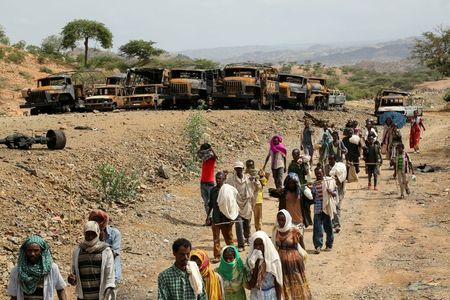
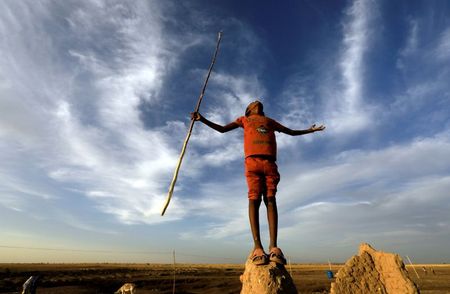
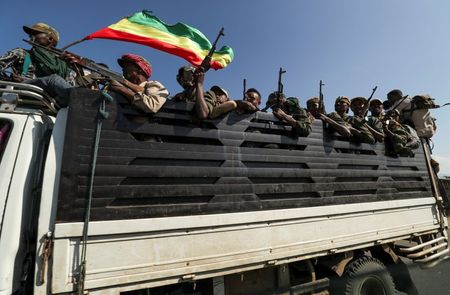
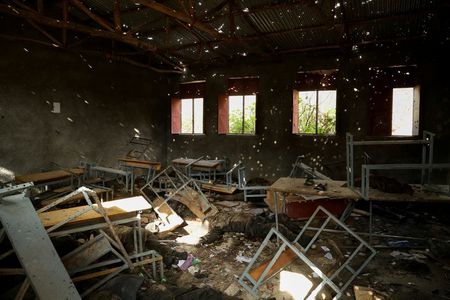






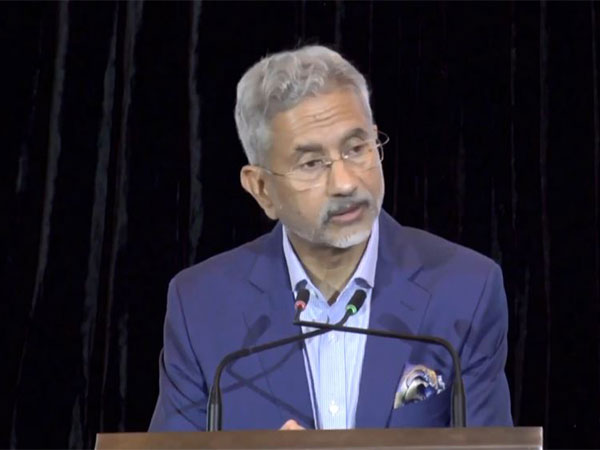

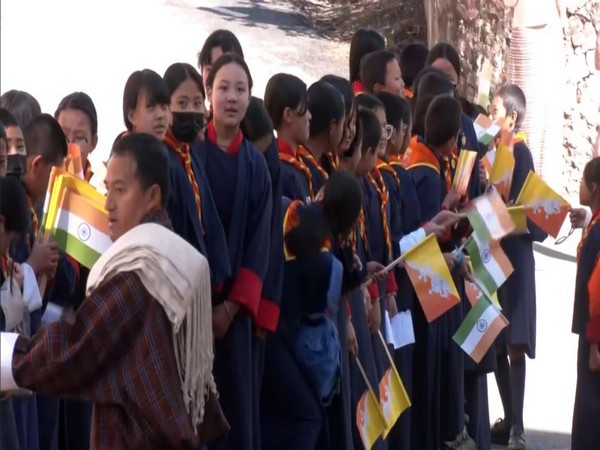







POST COMMENTS (0)